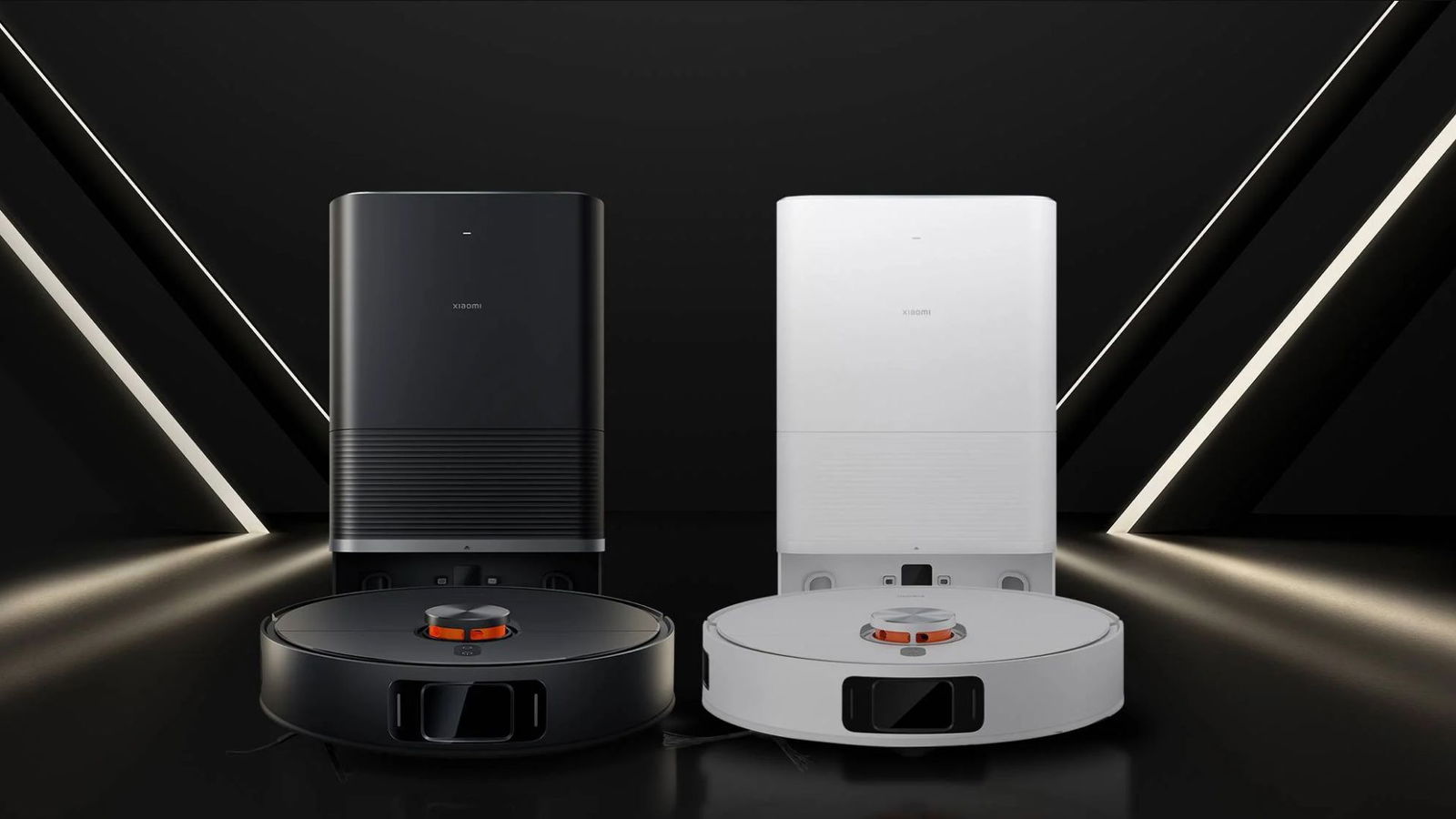Aggiungere il controllo del traffico - Opzioni
Successivamente dobbiamo selezionare l'opzione che utilizzeremo per il controllo del traffico:
- make menuconfig
..che visualizzerà un menù testuale. Dovrete selezionare le seguenti opzioni:
Networking --->
Networking options --->
[*] Network packet filtering (replaces ipchains) --->
IP: Netfilter Configuration --->
<*> Connection tracking (required for masq/NAT)
<*> Userspace queueing via NETLINK
<*> IP tables support (required for filtering/masq/NAT)
<*> limit match support
<*> IP range match support
<*> MAC address match support
<*> Packet type match support
<*> netfilter MARK match support
<*> Multiple port match support
<*> TOS match support
<*> recent match support
<*> ECN match support
<*> DSCP match support
<*> AH/ESP match support
<*> LENGTH match support
<*> TTL match support
<*> tcpmss match support
<*> Helper match support
<*> Connection state match support
<*> Connection tracking match support
<*> Owner match support
<*> Packet filtering
<*> REJECT target support
<*> LOG target support
<*> ULOG target support
<*> TCPMSS target support
<*> Full NAT
<*> MASQUERADE target support
<*> REDIRECT target support
<*> NETMAP target support
<*> SAME target support
<*> Packet mangling
<*> TOS target support
<*> ECN target support
<*> DSCP target support
<*> MARK target support
<*> CLASSIFY target support
<M> raw table support (required for NOTRACK/TRACE)
<M> NOTRACK target support
<*> ARP tables support
<*> ARP packet filtering
<*> ARP payload mangling
QoS and/or fair queueing --->
<M> HTB packet scheduler
<M> SFQ queue
[*] QoS support
[*] Rate estimator
[*] Packet classifier API
<M> Firewall based classifier
[*] Traffic policing (needed for in/egress)
Ora bisognerà compilare il nuovo kernel. Questa operazione necessiterà anche un'ora, siate pazienti:
- make clean
- make
- make modules
- make modules_install
Assicuratevi che non ci siano errori prima di continuare. Tuttavia, potrebbero esserci alcuni avvisi; io li ho semplicemente ignorati e tutto è funzionato senza problemi. Se la compilazione va a buon fine, dovrete trovarvi un file chiamato bzImage in /usr/src/linux/arch/i386/boot .


